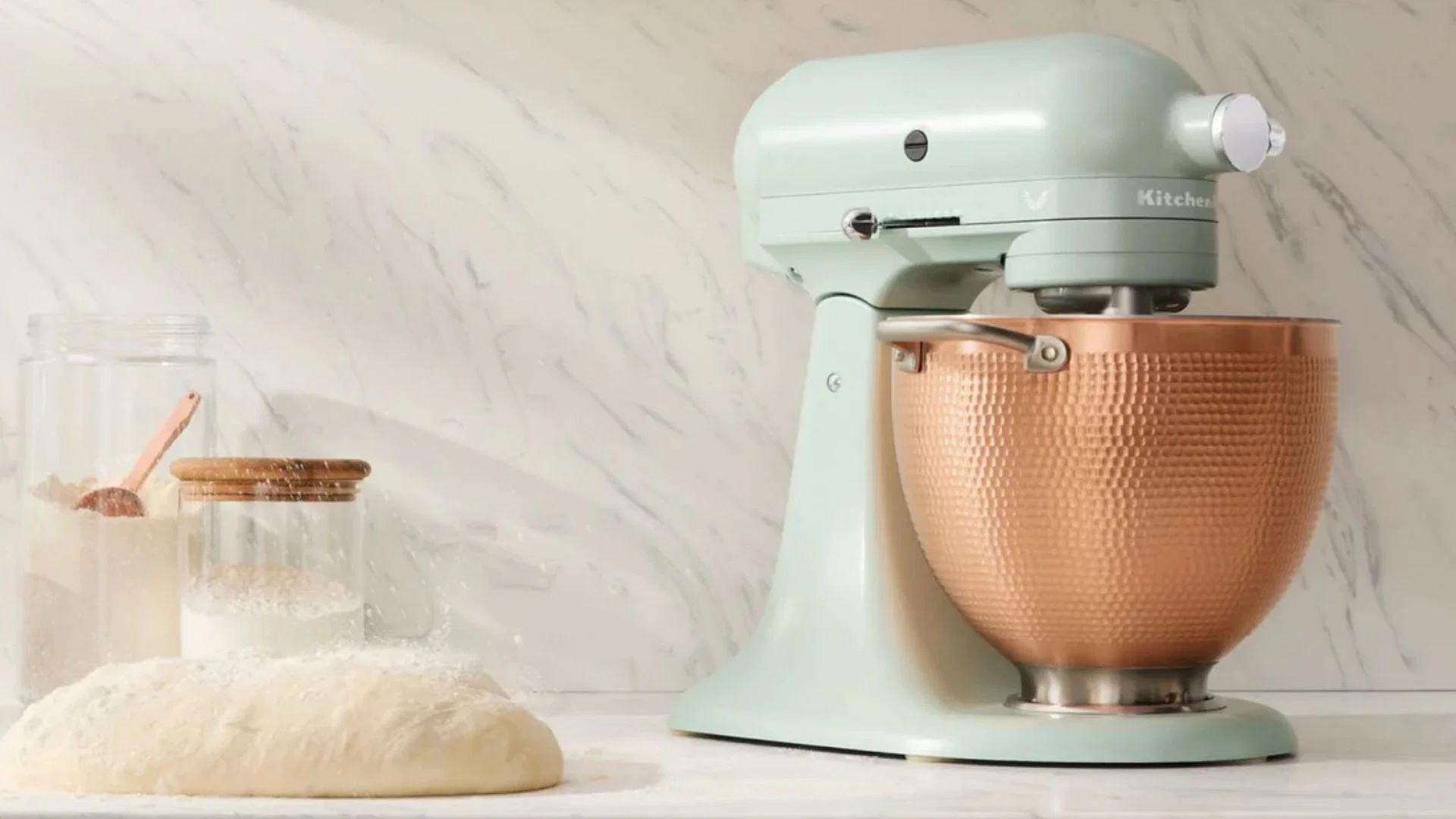In the world of kitchen appliances, few brands have garnered as much trust and admiration as KitchenAid. Known for their durability, performance, and style, KitchenAid mixers have become a staple in homes and professional kitchens alike. A significant part of their appeal lies in the versatile range of attachments available, allowing cooks to grind, slice, whip, and even make pasta with ease. However, concerns about lead levels in KitchenAid attachments have emerged, causing some apprehension among consumers. In this article, we’ll take a safe look at these concerns and what you should know to continue using your KitchenAid mixer with confidence.
Lead is a heavy metal that can have adverse health effects, particularly in children and pregnant women. Its use in household products has been heavily regulated, but concerns persist about its presence in some consumer goods. When it comes to KitchenAid attachments, the worry is that lead could be present in the coatings or metal components, potentially contaminating food.
KitchenAid takes the safety and quality of its products seriously. In response to consumers’ worries about lead, the company has consistently stated that their products comply with all applicable federal and state regulations for lead content. Additionally, KitchenAid assures that its products are tested by third-party laboratories to ensure safety and compliance.
It’s important to understand that the presence of lead does not automatically mean there is a risk of lead exposure. The risk comes from lead being transferred from the attachment to the food in significant enough amounts to cause harm. For example, some KitchenAid attachments might contain traces of lead, but if these do not come into contact with food or do not release lead into food, the risk could be negligible.

Coated Beater and Dough Hook: These attachments often come with a white coating that some users have questioned regarding lead content. However, KitchenAid has clarified that the coating is a polyester-based powder coating that is safe for food contact and has been tested for lead safety.
Stainless Steel Wire Whip: Stainless steel is known for its resistance to corrosion and is generally considered safe for food contact. The KitchenAid wire whip is made from stainless steel and is not likely to have issues with lead.
Burnished Aluminum Attachments: Some KitchenAid attachments are made from burnished aluminum. While aluminum isn’t a source of lead, it can react with acidic foods and may not be dishwasher safe. KitchenAid suggests hand washing these attachments.
KitchenAid also offers beautiful ceramic bowls that can be used with their stand mixers. Ceramic can sometimes be a concern regarding lead, as it might be present in the glaze. KitchenAid, however, ensures that their ceramic bowls meet the stringent standards set by the U.S. Food and Drug Administration (FDA) for lead.
Regardless of the appliance or attachment, it’s always good practice to minimize potential lead exposure in the kitchen. Here are some tips:
KitchenAid stands behind the safety of their attachments, stating that they are free from any hazardous levels of lead. The company’s commitment to quality and safety is a cornerstone of their brand reputation.
If you have concerns about your KitchenAid attachments:
For more information on KitchenAid’s safety standards and their products, you can visit their official website or reach out to their customer support. For general information on lead safety in consumer products, the U.S. Consumer Product Safety Commission is a valuable resource.
The conversation around KitchenAid attachments and lead levels is an important one, as it reflects the broader concern for food safety and the materials we use in our kitchens. Thankfully, KitchenAid’s reputation for quality and safety seems to stand firm against these concerns. By staying informed and vigilant, we can continue to enjoy the versatility and convenience these attachments bring to our culinary endeavors, with peace of mind.
Remember, at TheKitchenApplianceDad.com, we are committed to providing you with the latest and most accurate information to make your kitchen a safe and enjoyable place for you and your family. Keep following us for more insights and tips on kitchen appliances and how to use them safely and effectively.

